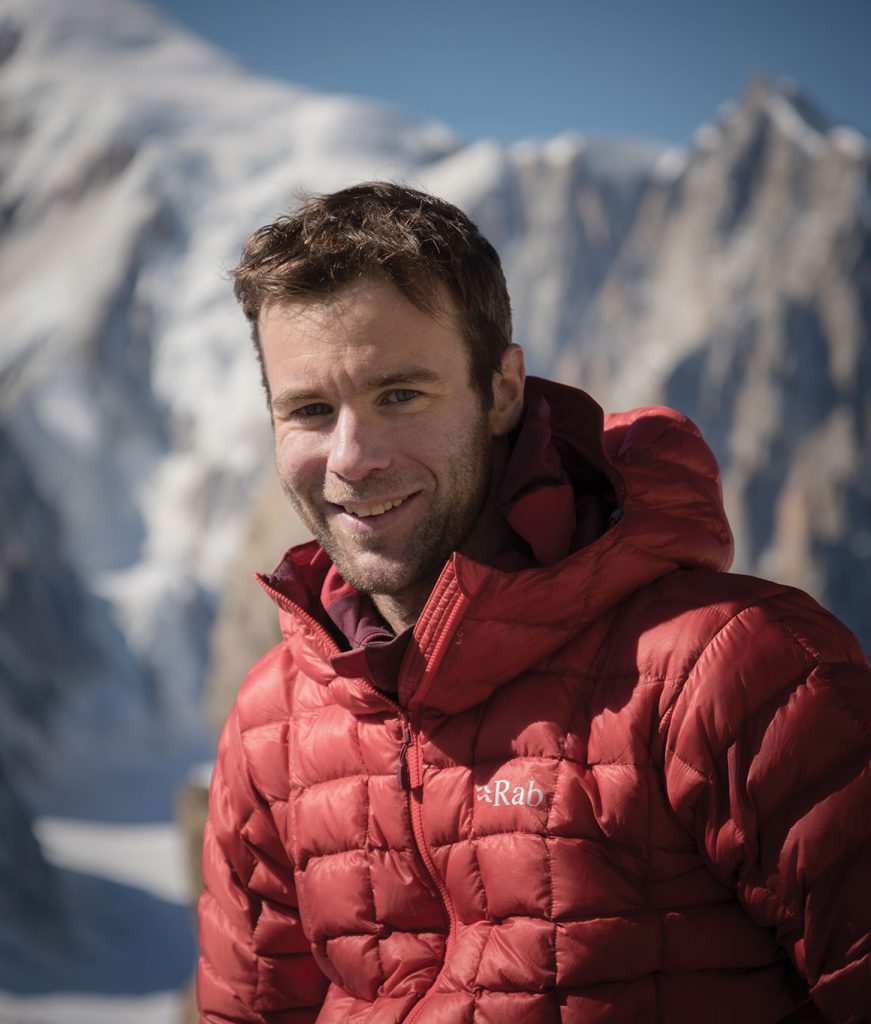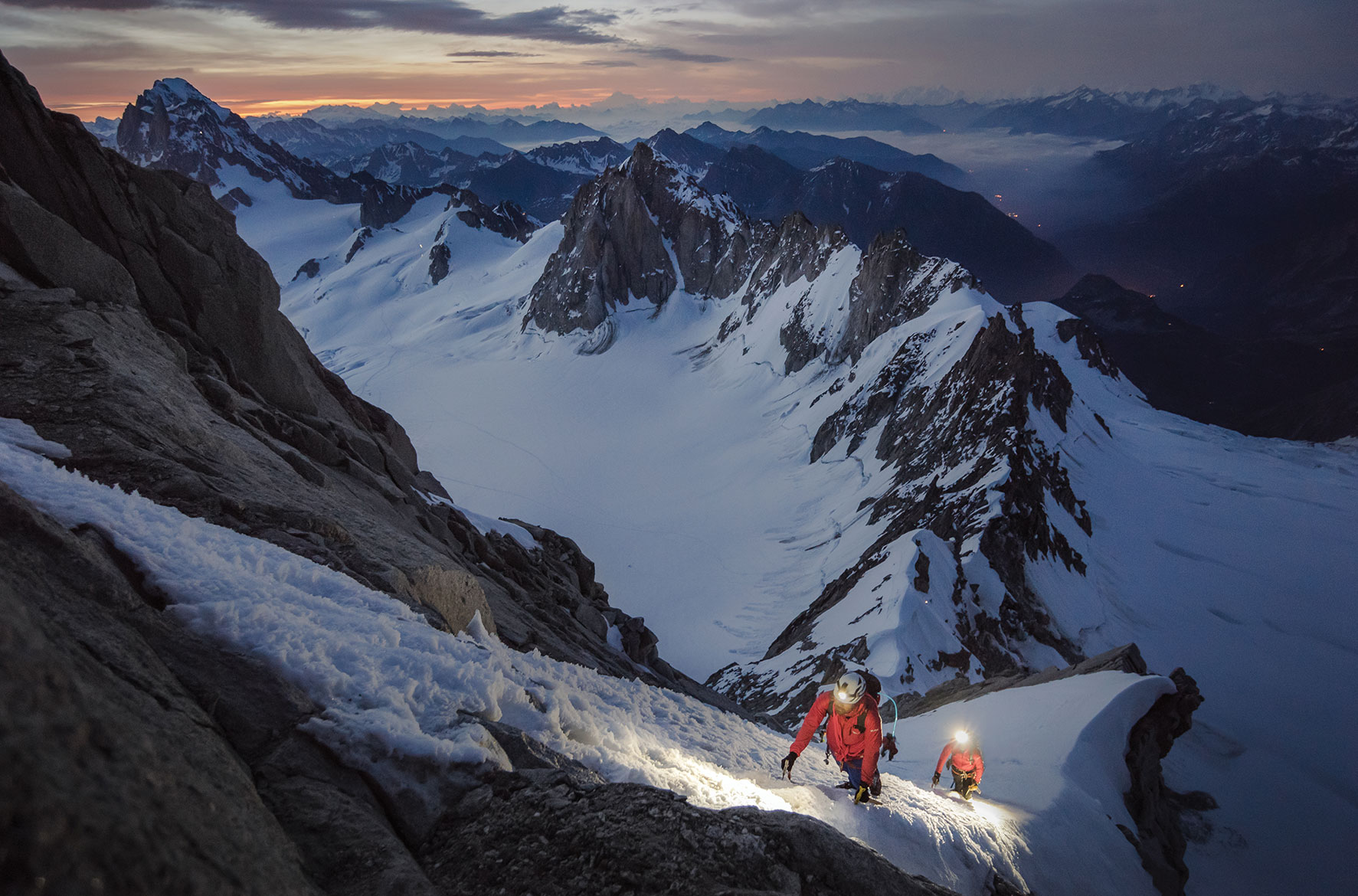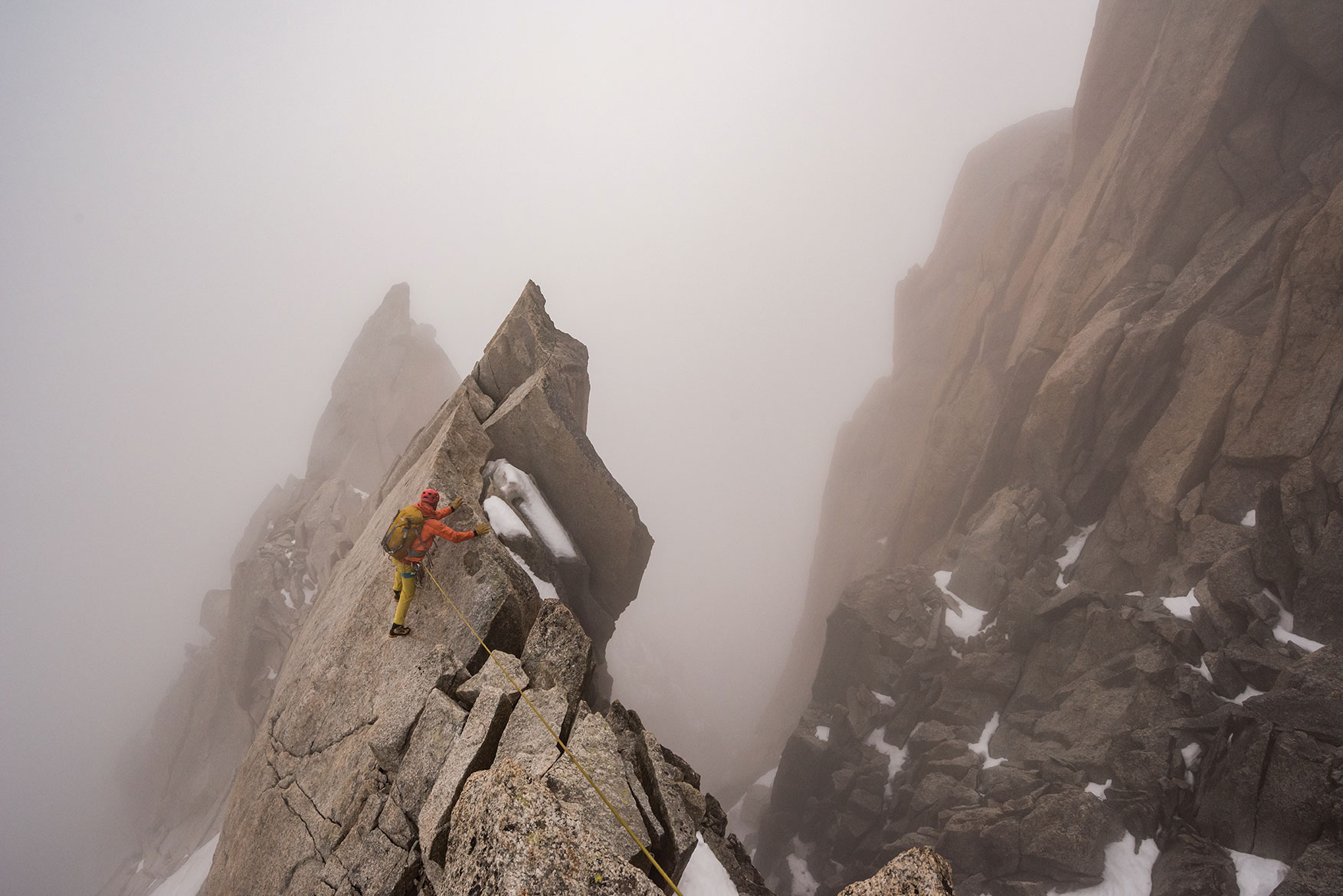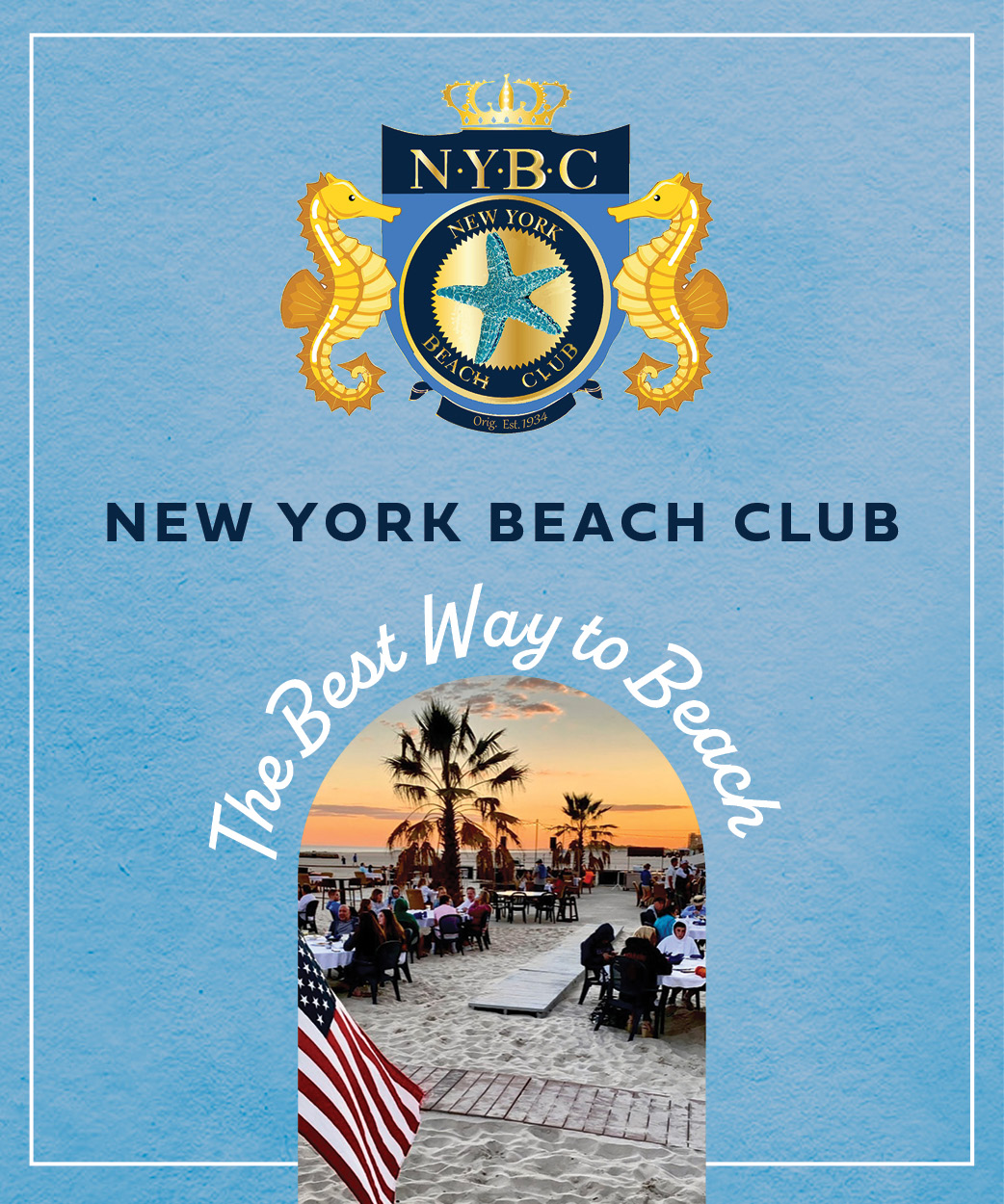Photography by Ben Tibbetts
 Ben Tibbetts is an adventurer. It would be easy to describe him as a photographer, artist, author, filmmaker, IFMGA-certified mountain guide or an accomplished ski mountaineer because yes, he is all of those things. His films have been selected in international festivals, his photos have graced magazine covers, he’s competed in world championships, and he’s guided scientists through the harsh conditions of the Antarctic.
Ben Tibbetts is an adventurer. It would be easy to describe him as a photographer, artist, author, filmmaker, IFMGA-certified mountain guide or an accomplished ski mountaineer because yes, he is all of those things. His films have been selected in international festivals, his photos have graced magazine covers, he’s competed in world championships, and he’s guided scientists through the harsh conditions of the Antarctic.
But when it comes to the heart of who he really is—Tibbetts is a real life adventurer. The kind you fancied yourself as a kid climbing the neighborhood trees and jungle gyms. Self-defined as “passionate and driven to point of excess,” Tibbetts specializes in navigating some of the most untamed, far-flung environments in the world, and has become one of the few British citizens to climb all 82 4,000-meter (13,000 feet) peaks of the Alps.
Today, at age 36, he resides in Chamonix, France where he has been diligently working on his new book “ALPENGLOW” from his home studio. I was fortunate enough to pull Tibbetts away from his work one afternoon to discuss his many adventures and exceptional skill behind the lens.
What came first, adventure or photography?
They both sort of came at the same time. I grew up in the country and even as a kid, I did quite a bit of painting before I went to The University of Edinburgh. Things snowballed between the links of adventure and image-making. I took a drawing and painting course, but I always ended up spending a lot of time in the dark rooms. At the same time, I was training and working as a climbing and outdoor instructor, taking people out into the highlands. I probably spent more time than I should have climbing, which meant I didn’t spend enough time in the studio at art school. I sort of got in trouble for one, and then got in trouble for the other—but it all came out in the wash.
In my 20s, most of my image-making was purely fine art. Now, I can sort of distinguish between commercial photography and the fine art side of my work which involves a lot of drawings. At that point, my photography was based on a fine art aesthetic. I wasn’t trying to sell it. It wasn’t about sport or adventure. It was about questioning nature and the environment.
That sort of shifted in 2009, when I went down to the Antarctic to work as a field guide. It was a critical point for me because I had never used a digital camera—it was back in the heyday when the Canon 5d Mark 2 was rocking the independent video world. I took that time to do some filming and take photos. I stayed there for 18 months non-stop. I had a 4×5 large format plate camera, what I had been photographing with during most of my time in art school. Sad to say, I didn’t take many celluloid images down in the Antarctic. I was a bit late to the party. I was so obsessed with the possibilities you had in the dark room with selenium toning and the actual chemical process. So it wasn’t until that point that I was really convinced that digital could do what I wanted it to do.
In the Antarctic, I took 20,000 photos over 18 months. Now I can take that many in one month. At that point, having just jumped from celluloid, it opened up a lot of possibilities and most of the imagery I took down there was a totally different genre. It wasn’t fine art based. It was more adventure. I was guiding scientists down there, working at a national research station. It was like the days, weeks and months were punctuated by adventures into really crazy, crazy places. The minute approach of celluloid large format just went out the window. I’d say that’s where things came together—my fine art practice took on a different role from then on.
 What was it like serving as a field guide for the British Antarctic Survey? What thrusted you into that role?
What was it like serving as a field guide for the British Antarctic Survey? What thrusted you into that role?
It was something I dreamt of for quite a long time. I spent a number of years gathering the experience I thought was necessary to apply for the job. To me, it was unthinkable that somebody wouldn’t want to go spend a lot of time in the Antarctic. It’s such a powerful, beautiful, stark landscape. It turns all your preconceptions of the wilderness…your whole frame of reference goes out the window. You’re sort of starting from scratch. At the same time, I was working within the very structured framework of a national organization, and you have an interaction with nature through a very specific paradigm—it fascinated me to say the least. The research going on there is very profound, but you also get to see the fuzzy edge of science. You have this strong belief in science as the ruling order of Western ideology. Then you actually see experiments happen, and it blows apart your assumptions…The base and research station was in a sheltered bay with mountains 2,500 meters (8,200 feet) straight out of the water. The bay freezes over in winter. There’s killer whales, penguins, all kinds of birdlife. For me, it’s the most beautiful place in the world.
How did your family and upbringing influence your career?
I grew up in the very west of England on the border of Wales. My mom ran an organic farm and my dad was in forestry. We spent a lot of time walking in the outdoors. I’m always skeptical of how biology is deterministic of how you’re going to end up in adulthood. Certainly at school, I had a truly exceptional art department where you could create whatever you wanted to—it was a very privileged state to be in as a kid. I chose my course to go to med school. Then, right at the last minute, I changed it and I thought, “Wow, I don’t actually want to be a doctor.” So I did a total U-turn and applied to art school. My parents didn’t bat an eyelid—they were supportive. That in itself was an incredible blessing, that my parents didn’t want to interfere in switching from Oxford to study medicine to go 500 miles away to study art. Looking back, that was probably the best decision I’ve ever made.
How does one become an IFMGA mountain guide? I imagine it’s quite an intense process.
A lot of people do it now where I live in Chamonix. But there’s maybe only 300 guides with this qualification in all of Britain. It’s internationally recognized everywhere: France, Switzerland, Germany, etc. To do it, you have to climb and ski at a high level; you need a really profound amount of experience in high alpine terrain before you even apply to train. It sounds ridiculous, but it literally took me 10 years to get the pre-requirements to start training to become a guide. Once I started, it’s about a four-year training course. You train how to guide people in any kind of rock terrain. From there, you move on to guiding people in icy terrain at a high level. I had to be able to navigate in the most terrible weather that Scotland has. The last two years were all in the Alps doing ski touring, avalanche assessment, avalanche management and then guiding people on alpine climbs from the most modest, to practically anything you can imagine. There’s not many people that go through it without being mentally scarred. At the end of it, it’s quite liberating because it allows you to work in whatever field you want. Whether you specialize in ice climbing or ski touring, you can do that in Europe, Canada, Japan—all over the world.
 What’s your biggest fear during an expedition? Have you ever been caught in an avalanche or rock fall?
What’s your biggest fear during an expedition? Have you ever been caught in an avalanche or rock fall?
Yes I have been caught in all those things—and it’s very bad. Last year I got fully buried in an avalanche and was unable to breathe. It was a pretty traumatic experience to live through. It recalibrated my appetite for risk. It’s totally reset. My paradigm of what’s fun, what’s adventure, what’s worthwhile—it’s blown apart what I thought I understood about snow and snowpack. I got caught by an avalanche in a situation that was hard to foresee, and I wasn’t guiding on that day—I was with friends. We weren’t pushing the limits. We weren’t in extreme conditions. It’s still surprising that it came together and kicked our asses. It makes me just realize that you’ve got to draw the way further back. When I’m guiding, it’s certainly way further back. I thought the margins I had even in my personal skiing, that I was sort of a prudent person compared to a lot of my friends. Now things have tightened up a few notches. It’s a scary game. You have to set limits for yourself before you go out the door.
When you’re shooting (or filming) climbers and skiers, how challenging is it for you to both weather the elements while still getting the perfect shot?
Usually it all comes down to planning. Guiding, you book for a certain week. You have to deal with whatever the conditions are that week and choose the right locations accordingly. Trying to organize a shoot, however ambitious it is, that whole relationship is turned on its head. Usually the brief—coming from Patagonia or Solomon or wherever—is for a certain type of terrain or image that I have in my head, routes I want to take. Hopefully, there’s enough time to wait for the right weather window—and that doesn’t always happen. Some companies will throw things on your plate with a five-day turnaround and you have to go shoot something to the best of your ability whilst staying safe. Obviously, while I’m shooting, I’m not always roped up. When you’re concentrating on taking a photo, you’re not 100 percent paying attention to where your feet are and staying on the mountain. I try to modulate the risk: if the shot really requires hard terrain, I’ll have a rope on and hire another guide to look after me. A lot of the time I’ll seek out terrain. I love shooting on ridges because you often get sections where you can have the athletes climbing on really exposed, tricky terrain. It’s easier for me to move around without having to cling on for dear life to get the image. Using sections of terrain like that are one of the key ways to get the shot I want.
I see a lot of really staged photography, but personally I prefer to create the right conditions for loads of different shots to arise rather than force a particular shot. I usually plan a route in my head that either I know or I’ve got an idea of what it might look like. I decide a route depending on where the sun is rising. If I shoot at sunrise, I’m picking the angles to where the sun is. Around the equinox, a north ridge would be perfect because the sun will be going up 90 degrees in the east. I’ll try to shoot along the way whilst doing a mountain route, rather than just going to one spot and working it to death until everything’s perfect. Usually I’m working with very competent athletes and we just climb a particular route. I did a shoot a few weeks ago where I shot 7,000 images in 24 hours. The process of timing comes naturally. I don’t need to force the image because if you choose the right route and the right conditions, the terrain unfolds before you. Sometimes I’ll have the athletes go ahead of me or behind me because I’ll see something I like. I try to maintain a very fluid style. But managing safety, the thing that’s really hard to predict is snow and avalanches. Most of the shooting I do, maybe about 60 percent, is on climbing routes where the biggest risk isn’t an avalanche—it’s falling off. Working in the avalanche terrain, it’s pretty spooky. I try to work in conditions that are exceptionally stable. But if you’re doing a ski shoot for instance, you’re trying to find that white, fluffy powder where it’s safe and there’s no other tracks—it is definitely a challenge. You have to be prudent and it requires going a very long way from where everyone else is.
 Given your experience, what are some of your favorite places you’d recommend for climbing or skiing?
Given your experience, what are some of your favorite places you’d recommend for climbing or skiing?
My opinion is massively skewed by what I know, which is a bit of the Himalayas, the Pamirs, the Alps, Antarctica and Greenland. For me, if you’re into well-documented routes with easy access, reliable weather forecasts and excellent rock, then the Mont Blanc has everything going for it. The only downside is it’s probably the most popular alpine climbing area in the world—but that’s for good reason. You’ve got to be pretty canny to find quiet routes. On the other side, the east coast of Greenland is one of the most magical places on Earth. It’s a coastline of 2,000 kilometers where mountains rise out of the sea. There’s often stable weather, it’s a beautiful landscape and there’s amazing ski mountaineering and touring to be done there. Those are two safer places I’d recommend.
What has been your most memorable experience of all your adventures?
There’s been quite a few. Probably being in the wilderness of east Greenland. Out there skiing new lines that have never been climbed and skied before—miles from the nearest Inuit village in perfect weather. That’s the high tide mark for me.
I imagine your daily routine must vary quite often. For you, what’s an ideal day look like?
Most ideal and most satisfying aren’t quite the same. Starting on a route exceptionally early at 2 a.m., climbing quite a bit in the dark to be somewhere unusually beautiful when the sun rises. Often by sunrise, I’ve taken 1,000 photos already. That’s my sort of masochistic pleasure. For me, it’s a satisfying day when everything goes right—the conditions are right and you get awesome pictures. When it comes to ideal, I’d prefer to get up at 7 a.m. and have a coffee, go ski touring somewhere where nobody has been before. But I quite like getting a good photo, so I often prioritize that over my own comfort.
You’re currently working on a book entitled, “ALPENGLOW.” Can you tell me a bit about that?
I’ve climbed all the 4,000-meter peaks of the Alps (there’s about 82) and I’ve become just the second person from Britain to do so. So about six years ago, I put together a list of the finest routes from discussions with other guides and such. Not ordinary routes, but routes with the most magical experiences in the Alps. I’ve climbed and photographed every route and I’m doing drawings of most of the mountains and writing up my accounts and weaving that with historic research. It’s sort of like my magnum opus. It’s now available for pre-order on my website bentibbetts.com. For the last 10 years or so I’ve also been working on a series of small drawings, I haven’t done one bigger than a postcard for a very long time now. They’re like a commentary on adventures and image-making; they are also much more patient and reflective than my adventure photography.
MORE Lifestyle STORIES
Get an inside vue on the latest in luxury. You heard it here first.




